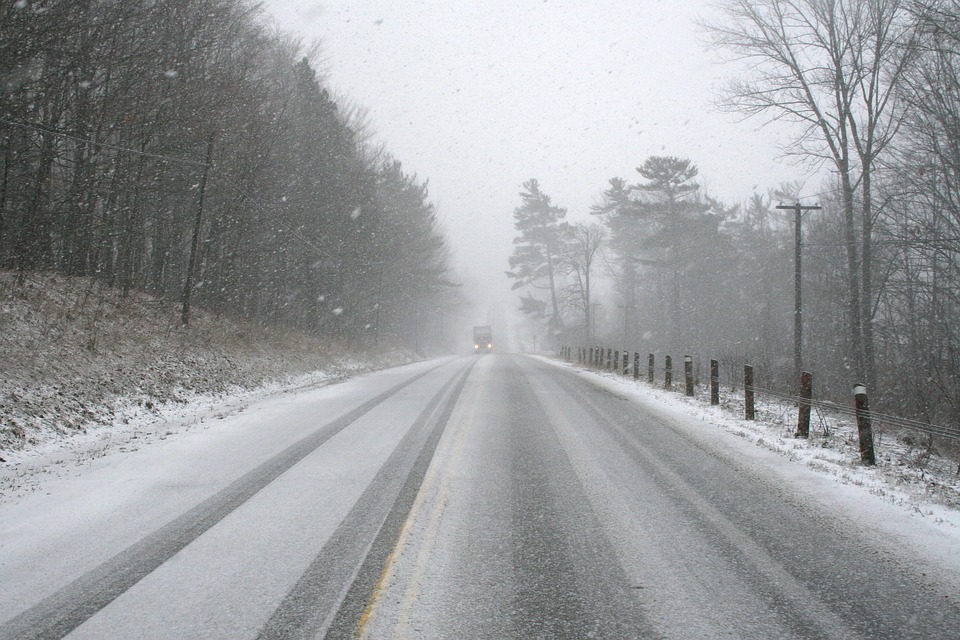
Winter Driving Tips to Help You Get From Point A to Point B Safely Through Whatever Mother Nature Throws Your Way
Posted by on Dec 08, 2017 in
 Canadian winters can be brutal with frigid temperatures and heavy snowfalls often in the forecast. Despite snowplows, store-bought ice and snow removal products and devices, and winter snow tires doing their best, it is still a nasty experience to drive in winter. We’ve put together some of the best winter driving tips to help you be as safe and prepared on the roads this winter season.
Canadian winters can be brutal with frigid temperatures and heavy snowfalls often in the forecast. Despite snowplows, store-bought ice and snow removal products and devices, and winter snow tires doing their best, it is still a nasty experience to drive in winter. We’ve put together some of the best winter driving tips to help you be as safe and prepared on the roads this winter season.
- Clear all snow and ice from your vehicle before getting on the roads. This includes the top of your vehicle and headlights and taillights. Also be sure to have all windows completely defrosted before driving.
- Reduce your speed. Posted speed limits are for ideal driving conditions, a category which a Canadian winter does not fall under. Adjust your speed when required for snowy or icy road surfaces or when visibility is low.
- Leave space between you and other vehicles around you. The braking distance you are used to your vehicle having can go out the window if road conditions are bad enough. Leave sufficient space between you and the vehicle ahead of you so you have a better chance of braking without collision should traffic come to a stop quicker than you are expecting.
- Plan accordingly. If you know road conditions aren’t good, give yourself extra time to get to your destination so you are not tempted to drive faster or more recklessly trying to make it somewhere on time.
- Turn your lights on. Most newer model vehicles have automatic lights, but if not, be sure to turn your headlights on at night and whenever visibility is poor as some vehicles do not run taillights when using daytime running lights. You would want to be able to see the car in front of you, so be sure you are visible to the car behind you.
- Forget about cruise control. Cruise control should never be used on slippery road conditions, so as a rule of thumb it should be avoided during any winter driving.
- Increase your traction. Improved traction on winter road surfaces can be achieved by investing in a set of winter-specific tires for your vehicle. Although many believe All-Season tires will do the trick, the rubber in winter tires is specifically designed to better grip the road surface in colder temperatures.
- Buckle up. One of the most important things you can do when you are in any vehicle as a driver or passenger is wear your seat belt. In the case of a collision, a seat belt can be the difference between life and death.
- Check the weather forecast and listen for any special advisories. If roads are really bad and travel is not recommended, stay off the roads.

